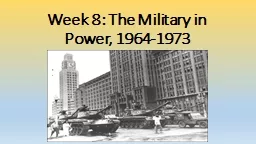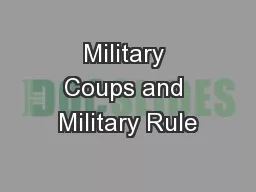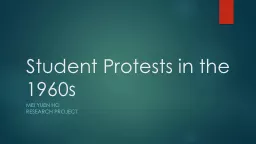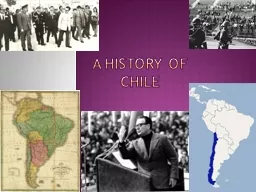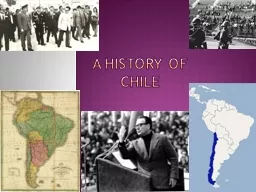PPT-Week 8: The Military in Power, 1964-1973
Author : alexa-scheidler | Published Date : 2017-07-14
Recapping a turbulent decade 19541964 Just a decade separates Vargas 1954 suicide and the military coup of 1964 Breakneck growth industrialisation and infrastructure
Presentation Embed Code
Download Presentation
Download Presentation The PPT/PDF document "Week 8: The Military in Power, 1964-1973" is the property of its rightful owner. Permission is granted to download and print the materials on this website for personal, non-commercial use only, and to display it on your personal computer provided you do not modify the materials and that you retain all copyright notices contained in the materials. By downloading content from our website, you accept the terms of this agreement.
Week 8: The Military in Power, 1964-1973: Transcript
Download Rules Of Document
"Week 8: The Military in Power, 1964-1973"The content belongs to its owner. You may download and print it for personal use, without modification, and keep all copyright notices. By downloading, you agree to these terms.
Related Documents

